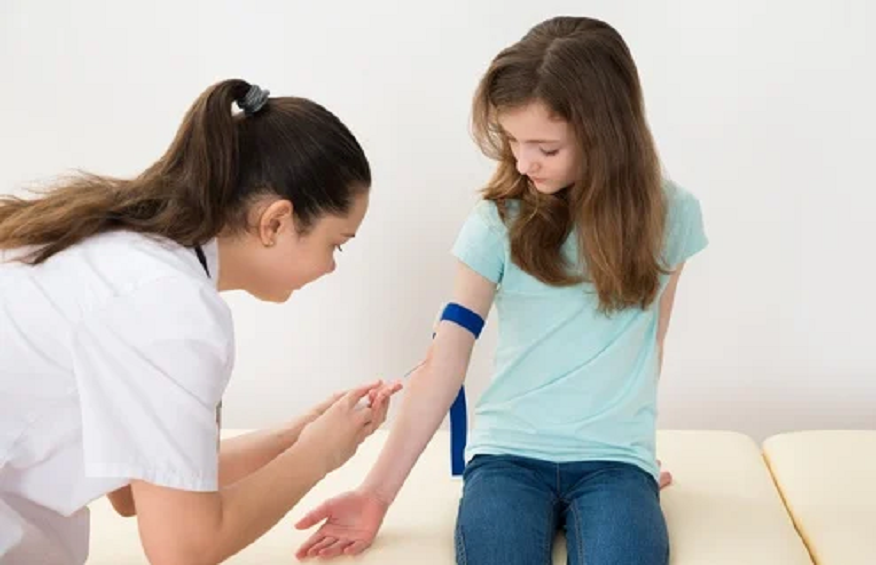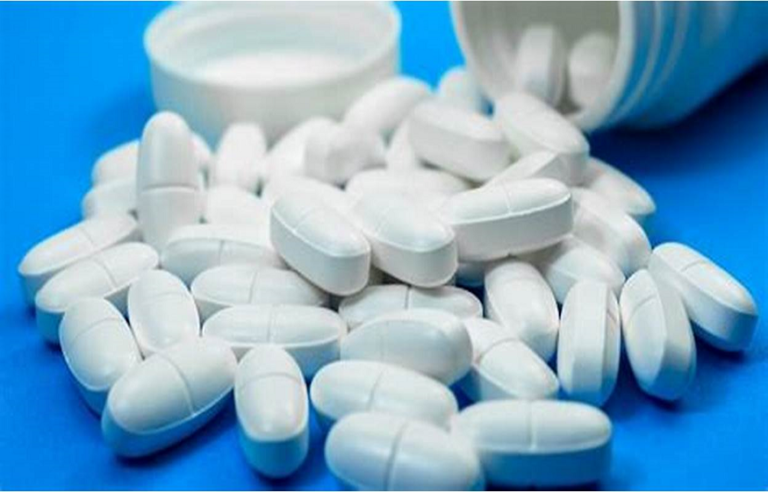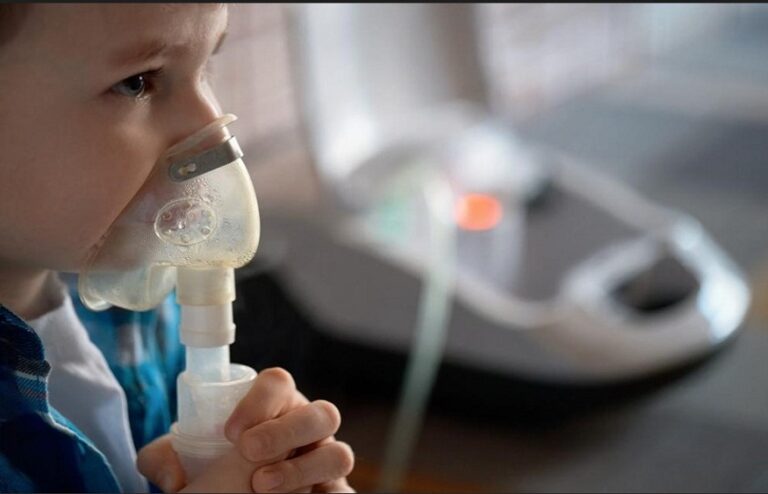Position the urine collection bag
- Carefully remove the bag from its packaging and handle it with care. You have to be very careful not to touch the inside of the pocket with your fingers, so as not to contaminate it.
- Place it so that the hollow (open) part covers the whole urogenital area of the little girl or so that the penis of the little boy is inside this part. The goal is to cover the urinary meatus (where the baby pees).
- To avoid leakage, gently massage the adhesive part of the pocket so that it sticks well to the skin.
- Once the pocket has been placed, pay attention to its filling. It’s best to keep baby without a diaper or an open diaper on your lap: he doesn’t have to lie down, you can keep him sitting or standing.
The laying time of the pocket is 30 minutes. Feed the baby regularly before putting on the urine collector. A large amount of water will also allow the migration of a greater number of germs (bacteria) in the urine. Know that a baby pees approximately every 20 to 30 minutes. If after 20 minutes your child has not urinated, repeat the previous steps.
Important: If there was an accident during installation or if the bag is soiled or detached, even slightly, it is recommended to repeat the steps from disinfection to avoid distorting the results or spreading contamination. Don’t worry, the lab will provide you with several kits, just in case.
Collect the urine and deposit it in the laboratory
When the bag is full, gently peel it off and put it entirely inside the sterile pot, without transferring the urine! This last detail is very important to limit the risk of spilling the urine and inadvertently spreading the bacteria that may be there. Close the jar tightly and stick the label on it. Fill in the information sheet that you will give to the laboratory with the pot.
The jar can be stored at room temperature. We recommend that you bring the sample to the laboratory, preferably within 2 hours after collection. If this is not possible, it can stay in the refrigerator for ten hours. The best thing is still to deposit it as soon as possible in the laboratory.
A urinary tract infection in an infant can very quickly migrate to the kidneys, and cause an infection there ( pyelonephritis ). The earlier the diagnosis is made, the better the treatment. In the laboratory, the analysis also takes priority in order to have the results quickly and plan an appropriate treatment. Your attending physician receives the ECBU results report directly. If the urinary tract infection is confirmed, he will then prescribe antibiotic treatment.
Urine collection from a young child
For a child who is already peeing in the potty, urine collection can be done directly using a sterile collection bottle like the one used by adults.
Wash your hands and then disinfect the child’s genitals with a wipe.
Then, you have to place the pot under the stream of urine, being careful not to touch the inside of the bottle with your fingers. Otherwise, the germs naturally present on the fingers can be confused with those potentially present in the urine. The analysis would thus risk being distorted. Wash your hands after closing the bottle. This sample can also be taken directly at the analysis laboratory.
The results of a cytobacteriological examination of urine (ECBU) are generally available within 1 to 2 days. Ask your SYNLAB laboratory for more information.
Our biologists and samplers are health professionals trained to support you in this process.












+ There are no comments
Add yours